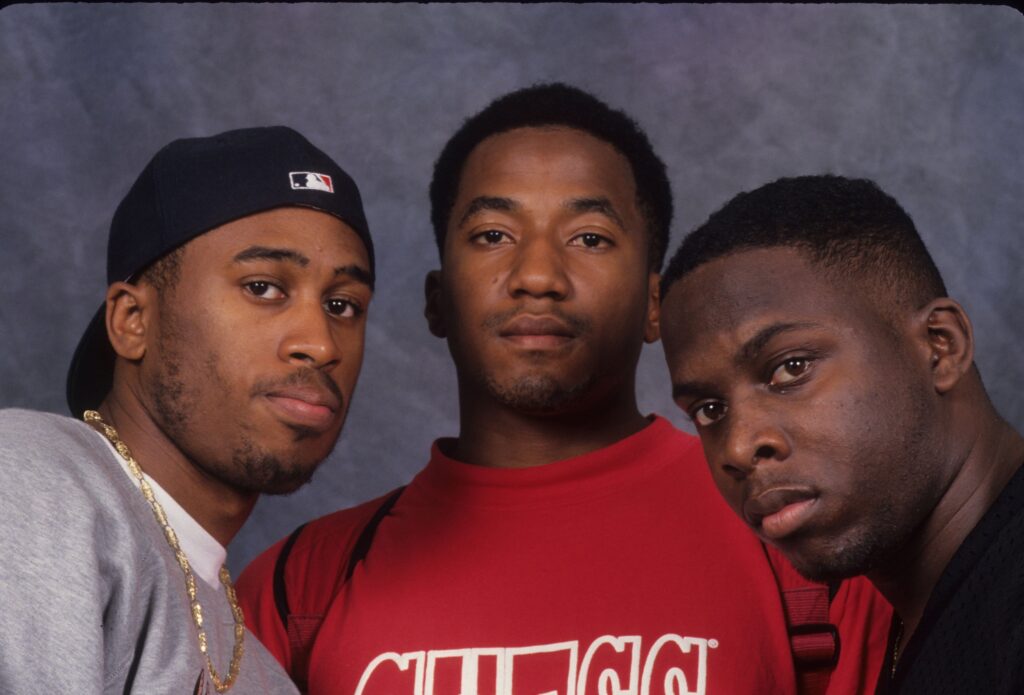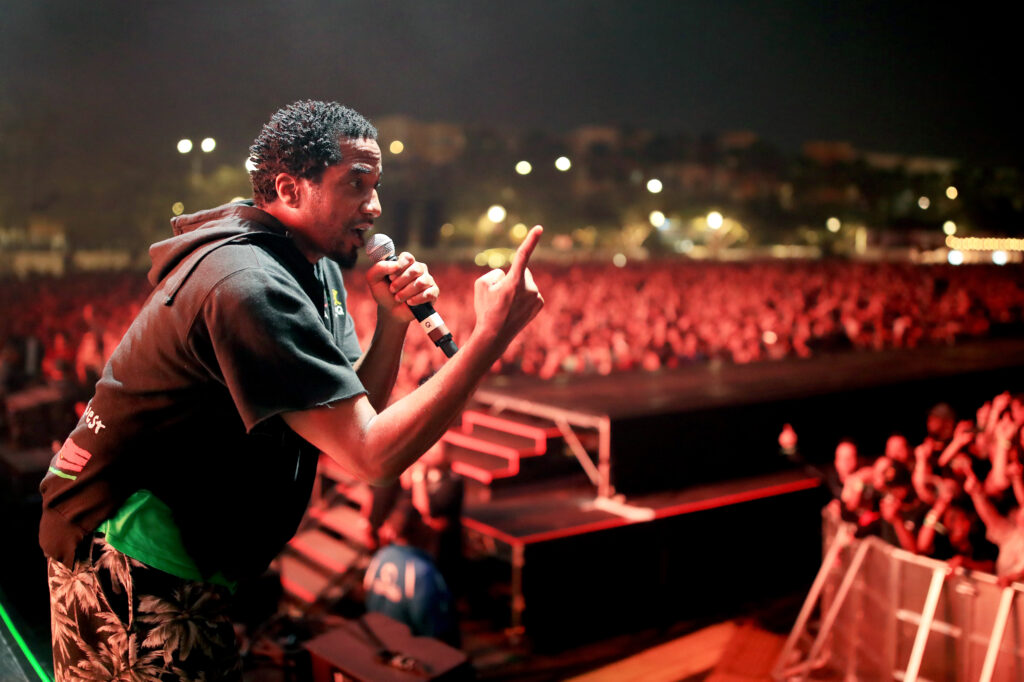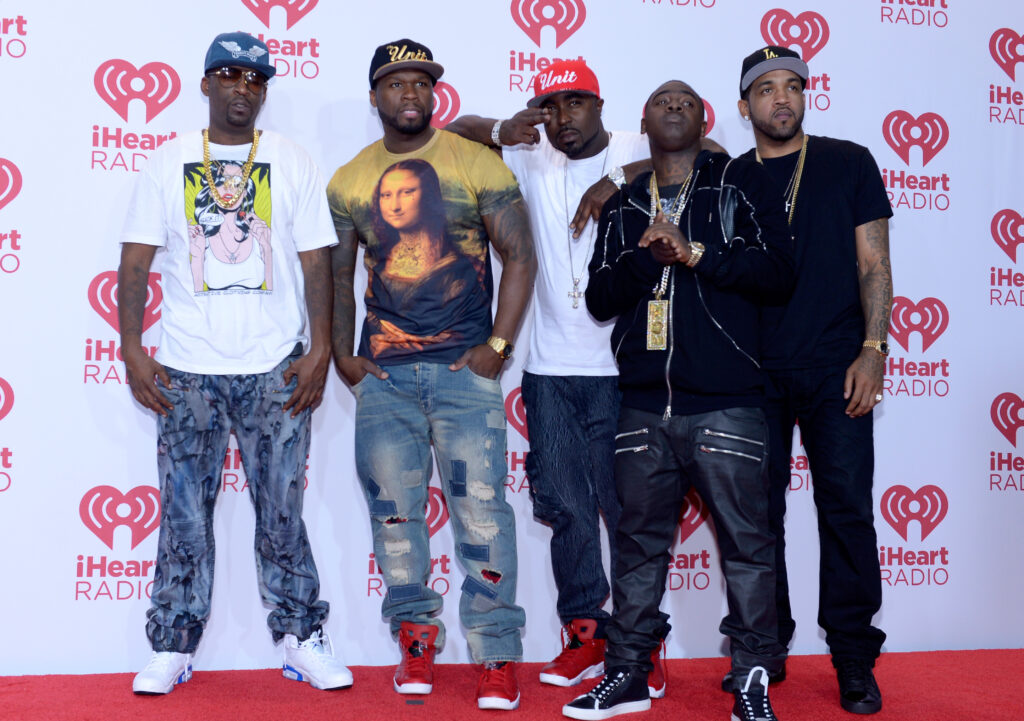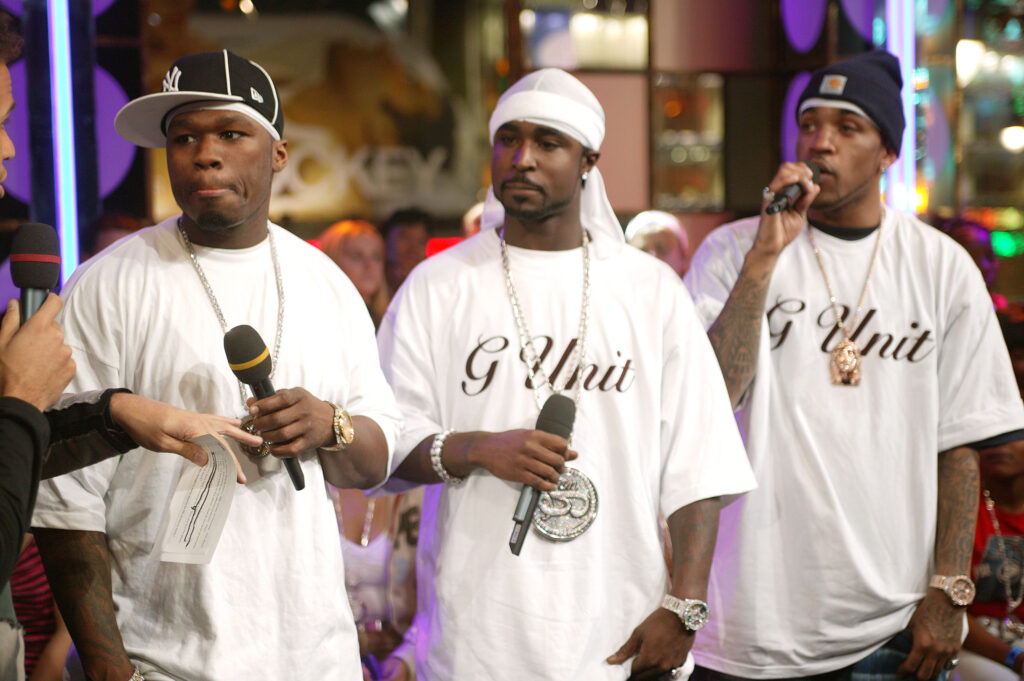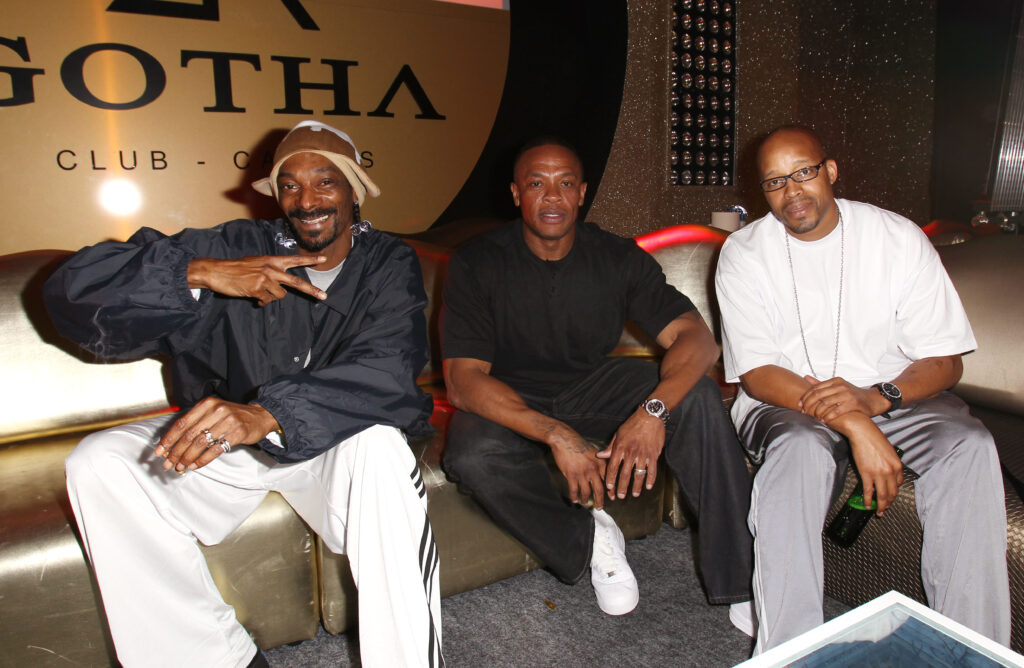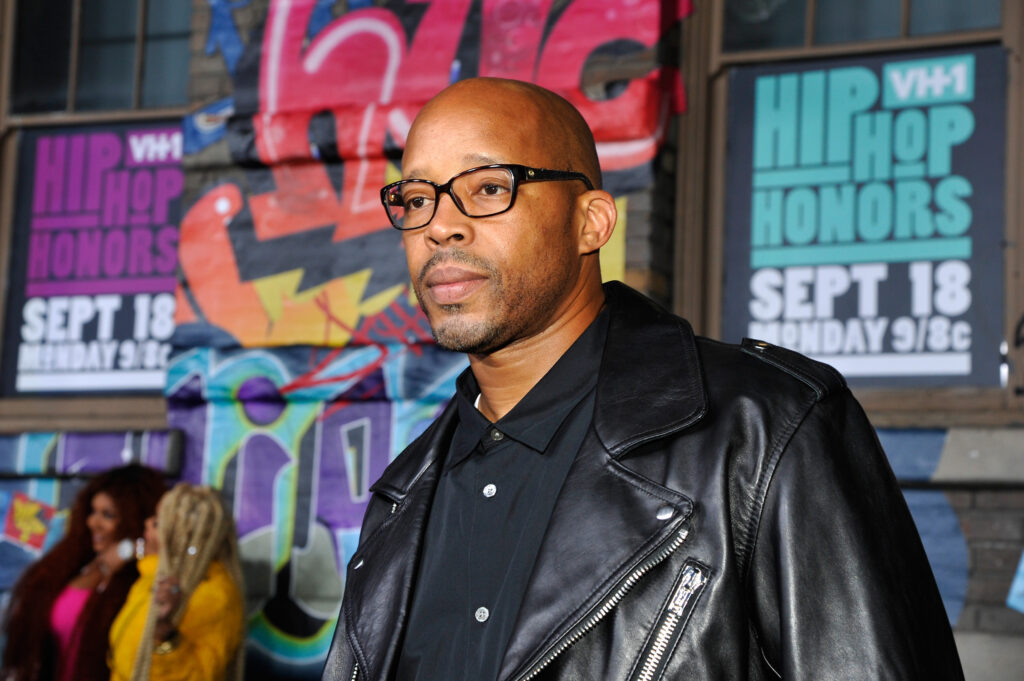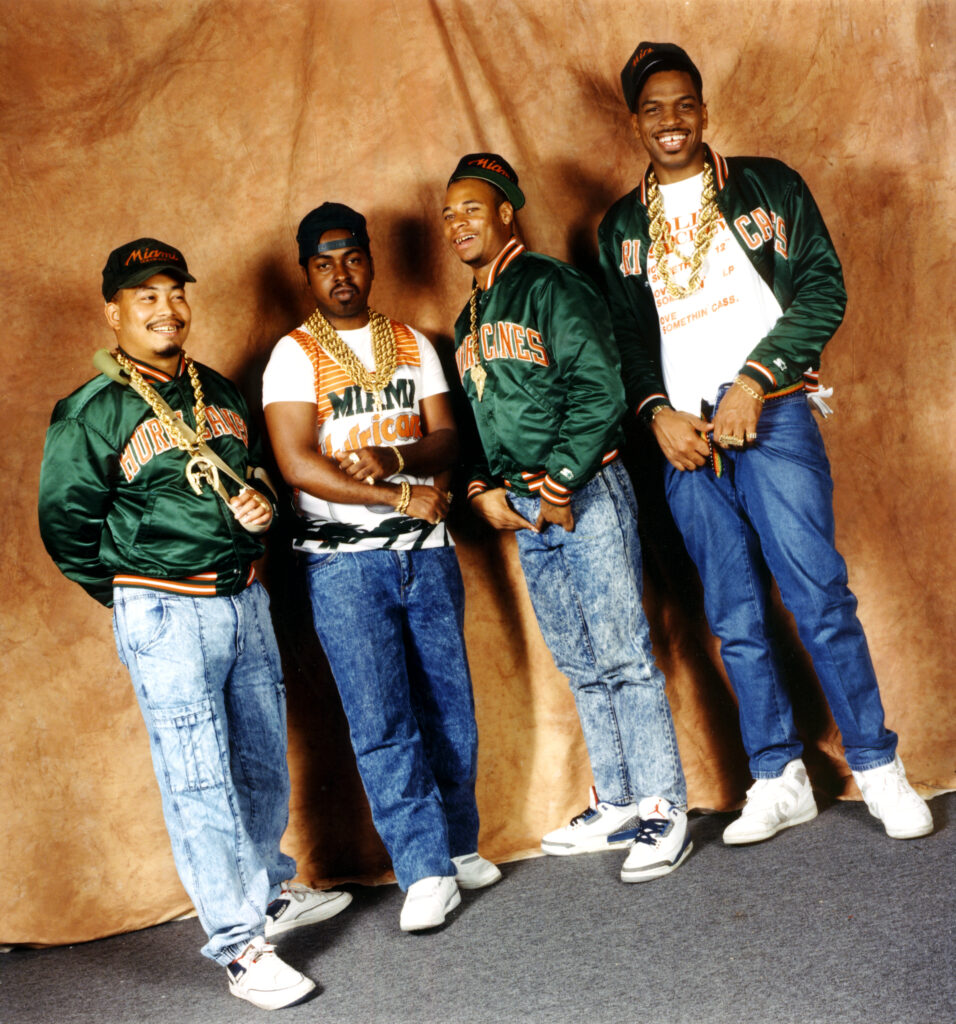This year marks the 12th anniversary of Hell: The Sequel, the collaborative EP between Eminem and Royce Da 5’9” as Bad Meets Evil. The EP was released via Shady Records and Interscope on June 14, 2011. Features on the EP include Mike Epps, Bruno Mars, and Slaughterhouse, as well as production from Eminem, Havoc, Mr. Porter, DJ Khalil, and more. Hell: The Sequel was the first collaborative project between Eminem and Royce, but the two have worked closely together for their entire careers. The Bad Meets Evil duo dates back to 1998 when Eminem and Royce Da 5’9” initially connected for the “Nuttin To Do” single. They also teamed up in 1999 for the song “Bad Meets Evil” from Eminem’s The Slim Shady LP. On the song, Royce raps, “See you in Hell for the sequel.”
At the time of the release of Hell: The Sequel, Eminem was coming off a banner year. He released Recovery, which still remains one of his most commercially successful albums and includes multiple hit singles that have become an essential part of his catalog. Royce Da 5’9” previously released his Street Hop album and the first full-length Slaughterhouse record before they signed to Shady Records. We’re looking back at Bad Meets Evil’s Hell: The Sequel for its 12th anniversary.
Eminem & Royce Da 5’9″ Brought The Best Out Of Each Other
Eminem and Royce Da 5’9” first connected as Bad Meets Evil at the beginning of their careers, showing an undeniable chemistry between the two Detroit rap legends. The two fell out for many years due to a feud between Royce and Proof of D-12. Royce and Proof reconciled before Proof’s passing in 2006, leading to a reunion between Eminem and Royce. The song “Living Proof,” dedicated to Proof, is a back-to-basics collaboration between friends who are arguably two of the greatest rappers.
The shock value and unpredictable rhyming on songs like “The Reunion” are prime examples of how Hell: The Sequel perfectly picked up where the two left off. The rappers brought the best out of each other on the EP. The project is full of dazzling flows as the two seamlessly trade bars with one another, displaying an effortless chemistry. The Havoc-produced “Welcome 2 Hell” sees the two trading verses back and forth, playing to each other’s strengths at a rapid pace. The intensity of the song is kept throughout the EP with aggressively witty tracks like “Fast Lane,” “Above The Law,” and “A Kiss.” Hell: The Sequel also has arguably the best production of any post-Recovery Eminem release.
A Concise Listen
The nine-track standard version of Hell: The Sequel clocks in at 37 minutes, and the additional bonus tracks make it 46 minutes. The 11 songs on the project left minimal room for error, making for an enjoyable listen with no filler. Many previous Eminem and Royce Da 5’9” albums tended to be lengthy, but Hell: The Sequel did not overstay its welcome. Both rappers’ fans were satisfied with the project, and its length added replay value.
There was also plenty of variety, from intense bangers to humorous tracks like “I’m On Everything” and the sentimental lead single, “Lighters.” Diehard fans and critics alike have criticized Eminem for his long albums and pop songs, but Hell: The Sequel did not receive the polarizing reception that Eminem usually received for an album. The display of skills and chemistry between Eminem and Royce was almost definitely the reason for such positive reception.
The Shady 2.0 Era
Aside from being the highly-anticipated collaborative EP from Eminem and Royce Da 5’9”, Hell: The Sequel also signified the Shady 2.0 era. Eminem had completely revamped Shady Records, signing Yelawolf and Slaughterhouse, the latter of which Royce was a member. Slaughterhouse had previously appeared on “Session One” from Recovery and backed Eminem in the “Forever” video.
Eminem, Slaughterhouse, and Yelawolf were a united Shady Records in their historic BET Cypher and their song, “2.0 Boys.” The song “Loud Noises” from Hell: The Sequel was a frantic declaration of Slaughterhouse’s signing to Shady. Eminem, Royce, KXNG Crooked, Joe Budden, and Joell Ortiz spat head-spinning bars with clever punchlines and aggressive delivery. The song was a glimpse of what could have been one of the strongest hip hop labels. It was an incredibly promising track before the widespread disappointment of Slaughterhouse’s Shady debut and their breakup.
Despite the dissolution of Slaughterhouse in the following years, Hell: The Sequel was a moment for Eminem as a rapper and label executive and Royce as a solo artist and member of multiple groups. Since 2011, Eminem and Royce Da 5’9” have worked together as Bad Meets Evil on the 2014 Shady XV compilation and the 2015 Shady-produced Southpaw soundtrack. The two also appeared on each other’s songs, such as “Caterpillar” and “Not Alike.” Eminem’s most recent album, 2020’s Music to be Murdered By, featured three Royce Da 5’9” features, including a Joe Budden-less Slaughterhouse reunion. The quality of Hell: The Sequel has left fans longing for another Bad Meets Evil release. According to Royce, the possibility of more Bad Meets Evil is up in the air.
The post Bad Meets Evil’s “Hell: The Sequel” Turns 12 appeared first on HotNewHipHop.

